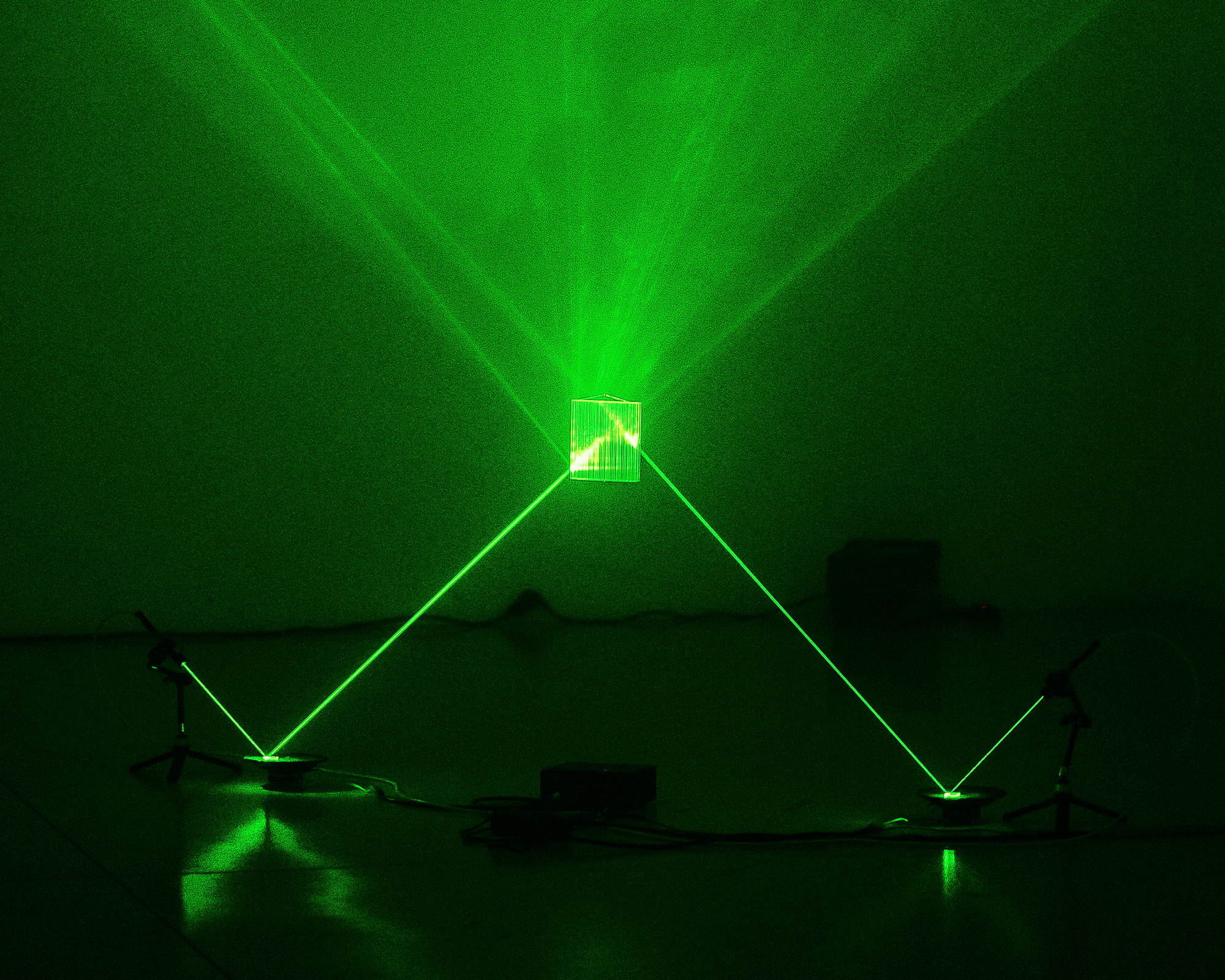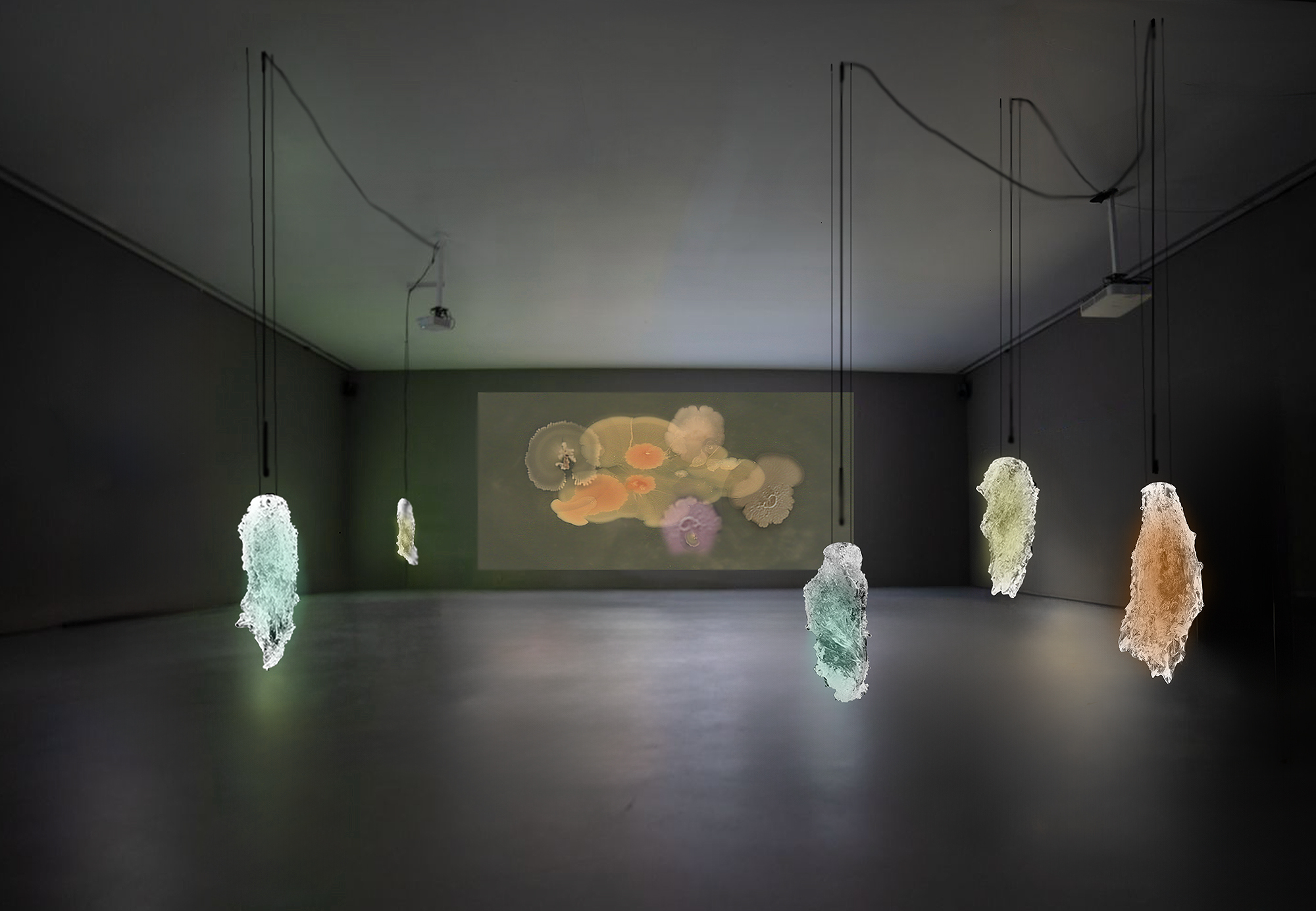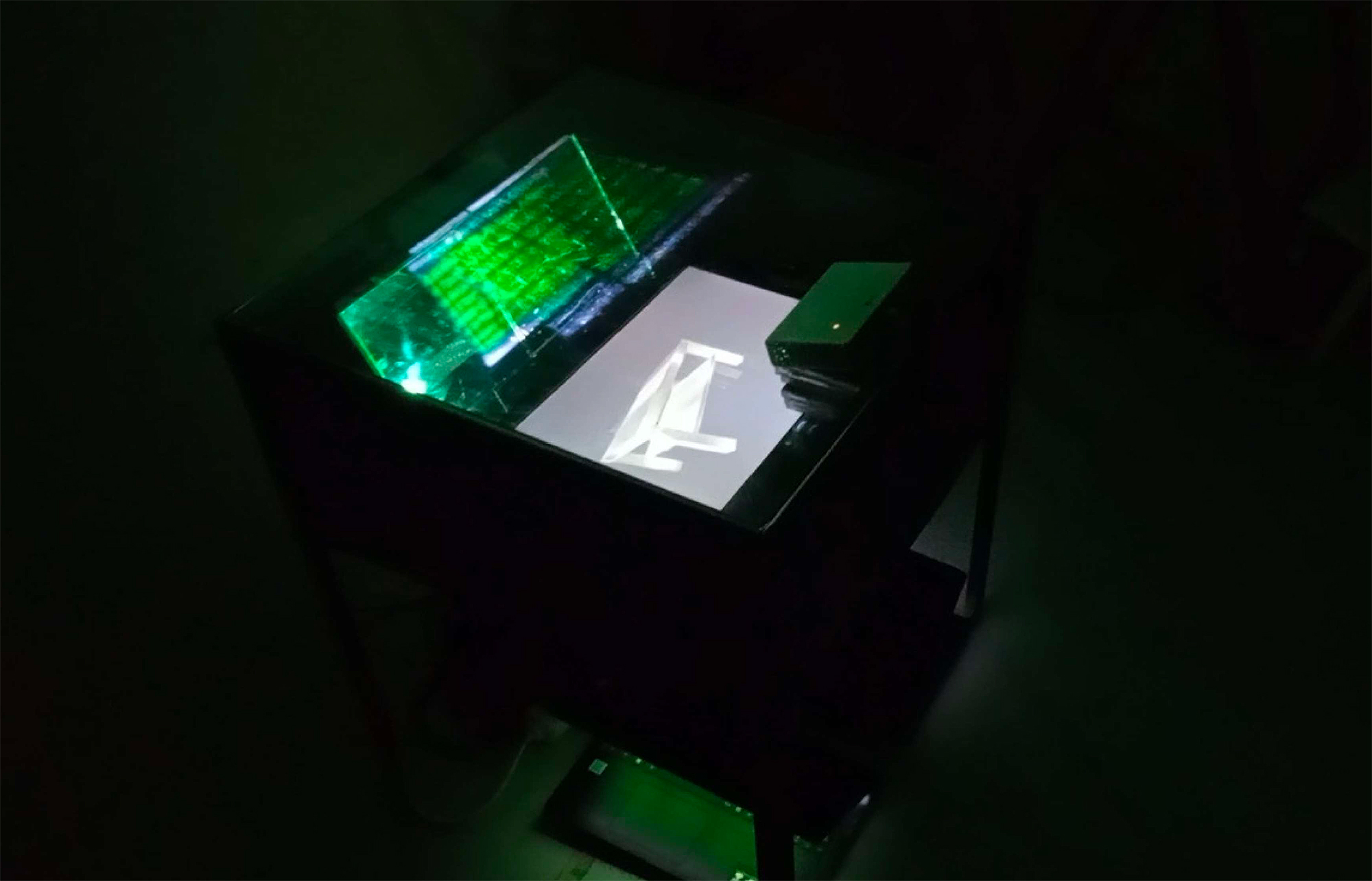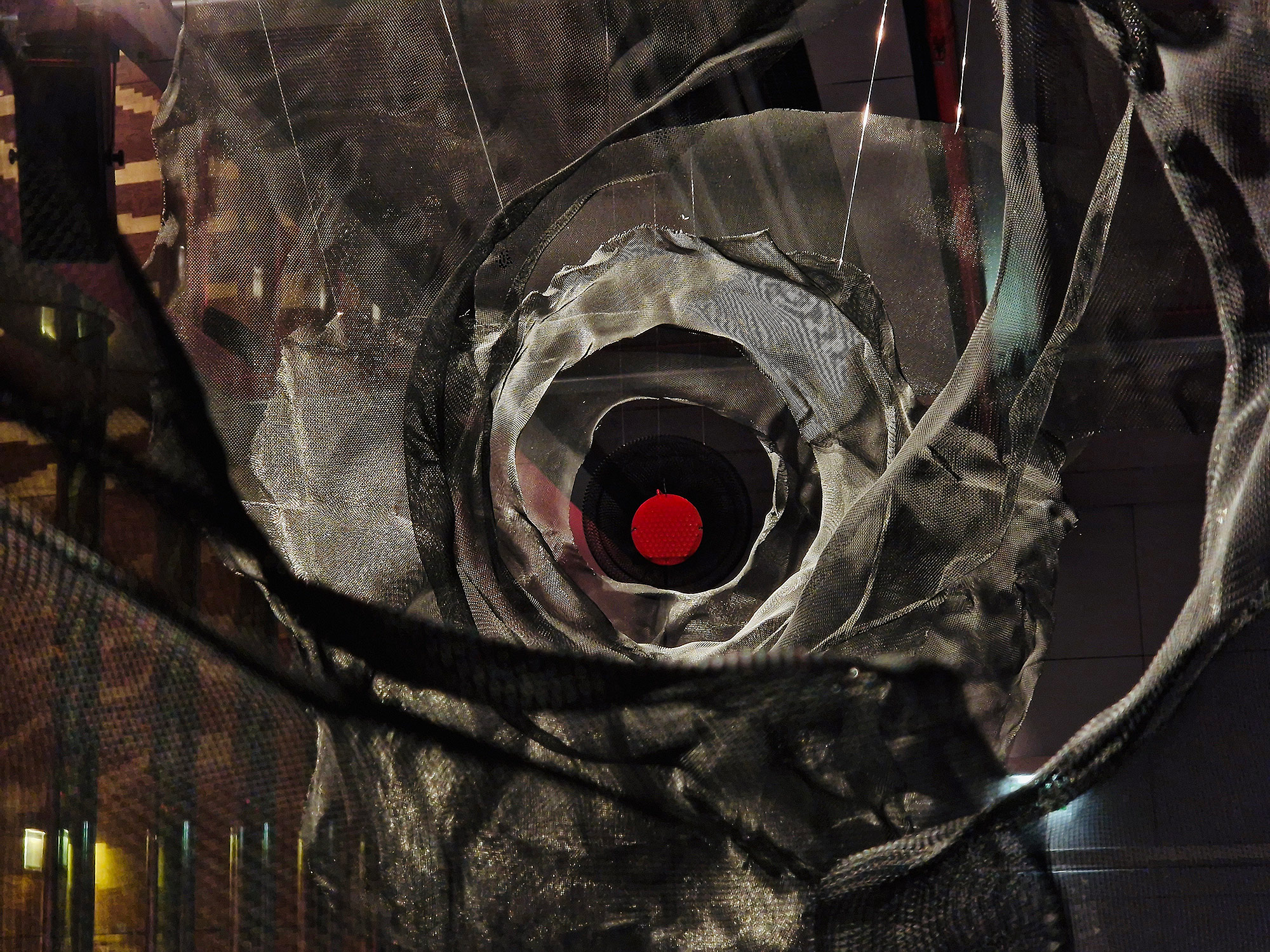Edigma Semibreve Scholar 2025
23 — 25.10
gnration


(A)TENSION
Bruno Mesquita
2024
Instituto de Ciências Sociais
Universidade do Minho
Mestrado em Media Arts
Borders have been a central theme throughout history, consistently present in political, social, and economic discussions. This theme goes beyond its spatiality, playing a key role in issues of identity and power, shaping, and being shaped by the dynamics of human relationships.
(A)TENSION explores the line as an essential element and sound as a transformative force, reflecting on social dynamics and struggles for renewal.
Viewers are invited to question established narratives and reflect on alternative perspectives, creating a space capable of redefining these lines.

Micro Mining Ecologies
Isidora Correa & Guy Fleisher
2025
Micro Mining Ecologies bridges sculpture, video, and sound art, exploring the environmental implications of sustainable energy. The immersive installation shows the growth of extremophile bacteria from the Atacama Salt Flat–organisms that survive saline and arid conditions through cooperation. Among the planet´s earliest life forms, they embody resilience to environmental change, now threatened by lithium extraction. Glass sculptures replicate salt crust morphologies and host bioleaching with extremophiles to recover lithium from discarded batteries. An interactive system sonifies microbial color shifts, translating living processes into a generative sonic ecology of mineral recirculation.

TR (Table-React)
Martim Novais
2025
In today’s digital era, TR (Table-React) by Martim Novais reconsiders the table as more than banal furniture: it becomes an “ultra-machine,” a mediator where data, devices, and humans converge. Beyond support, it acts as a relational entity, processing signals, symbolising equity through horizontality, though inclusion depends on access. Building on concepts such as smart objects, social objects, and the Internet of Things (IoT), the table is no longer just a physical support. Inspired by artistic practices, the table reveals its materiality while retaining familiar form, highlighting the latent potential of the ordinary in technological ecologies.

Sonic Iterations For Intangible Existences: Dark Matter
Rafael Maia
2024
SIFIE: Dark Matter is a sound installation that investigates our timbral relationship with sound and how it shapes the auditory reality we choose to inhabit. By extracting possible timbral variations of a voice within dark matter, a scenario of auditory ambiguity is created around the sculpture, prompting the listener to consciously or unconsciously assign a shape to these sound objects. These cognitive responses reveal our auditory biases: what we replace or ignore in order to navigate an uncertain daily life. A point of acoustic convergence, once found, collapses all possibilities generated by the visitors into one, revealing the unaltered content of the voice. By confronting us with these two dimensions, the installation asserts itself as an act of resistance to imposed narratives.
Edigma Semibreve Scholar 2025
- Timetable
- 23.10
- 14:00 — 18:30 *
- 24.10
- 10:00 — 18:30 *
- 23:30 — 02:00 **
- 25.10
- 14:30 — 18:30 *
- 23:30 — 02:00 **
- ―
- * Free admission
- ** Access limited to ticket holders